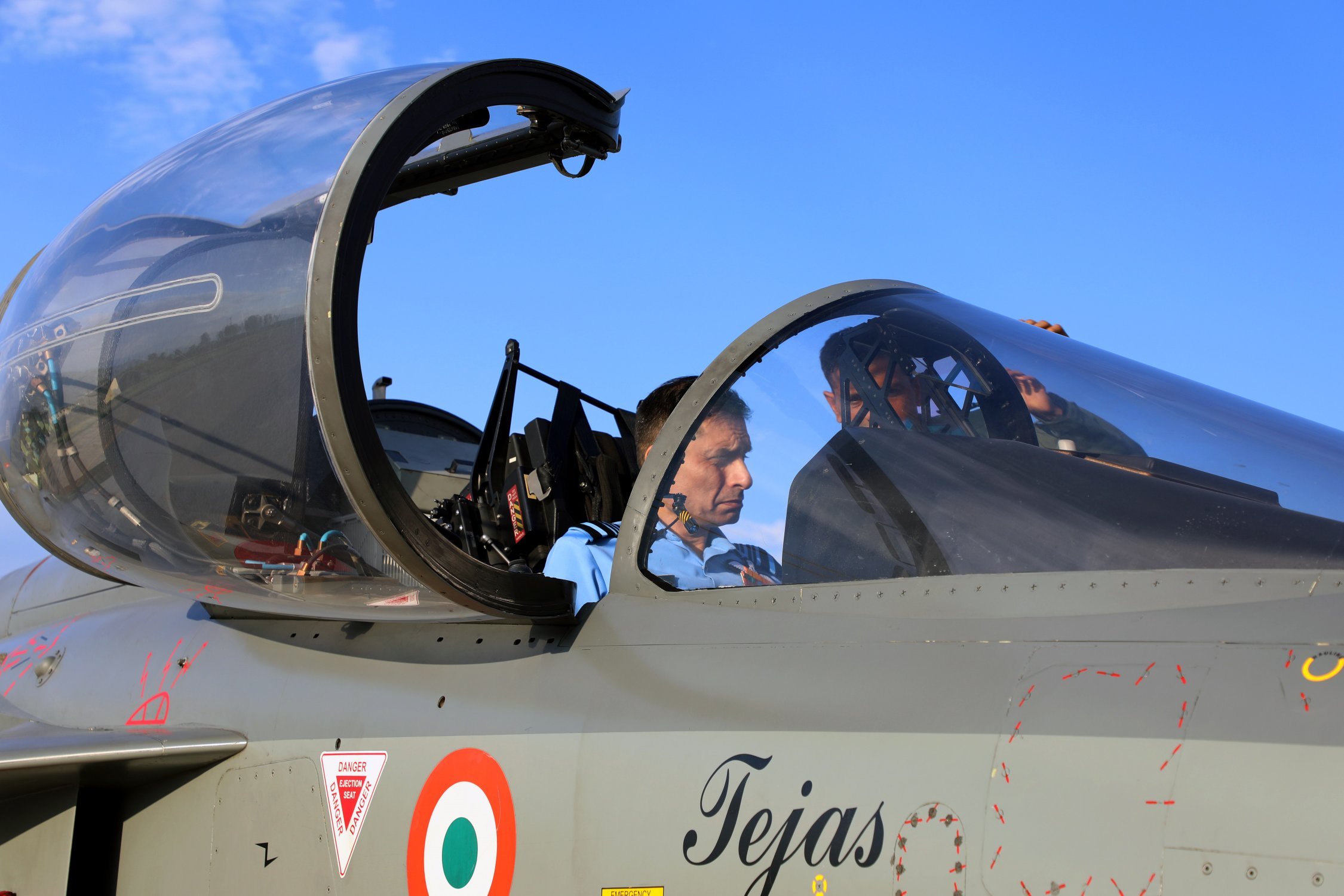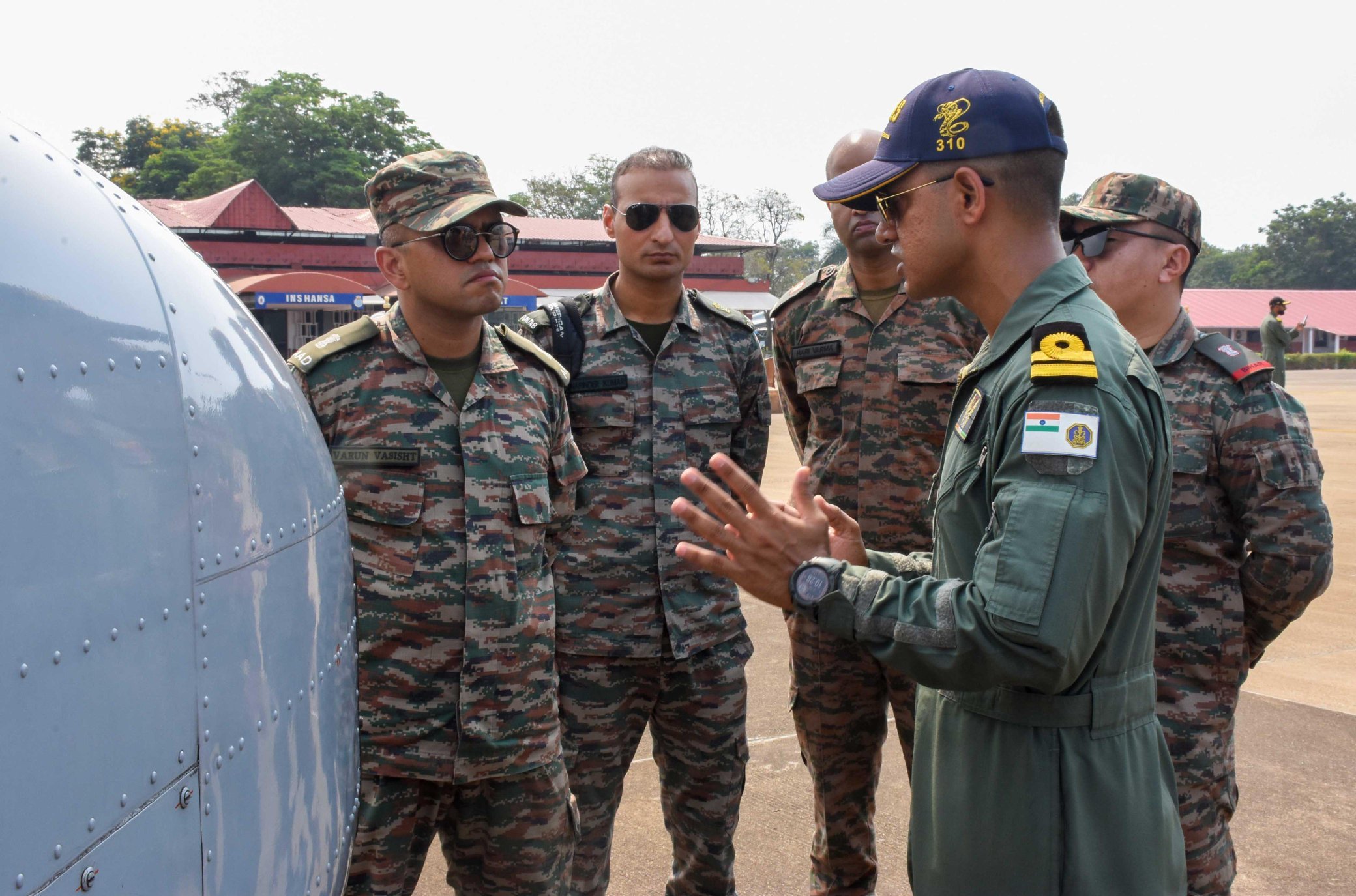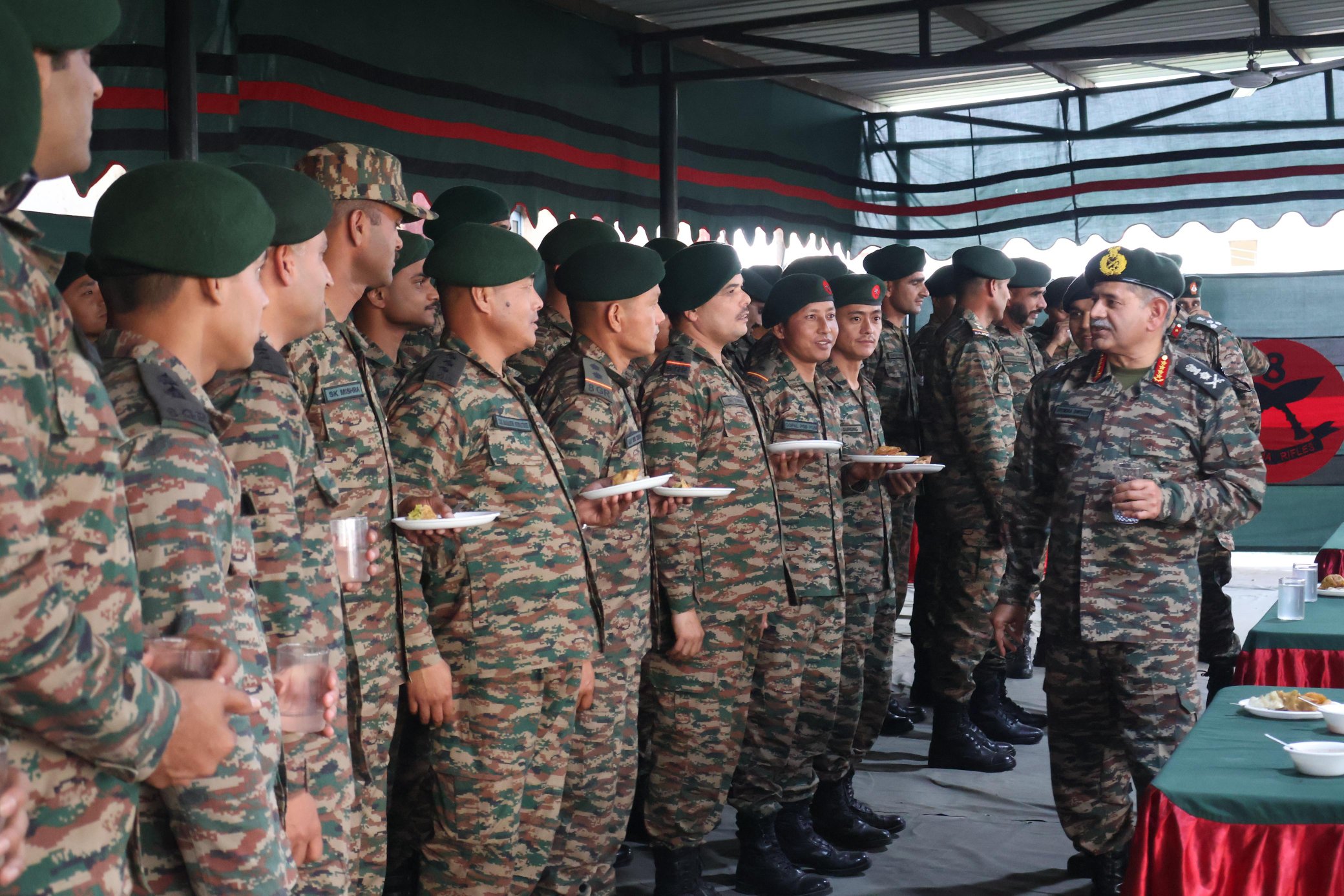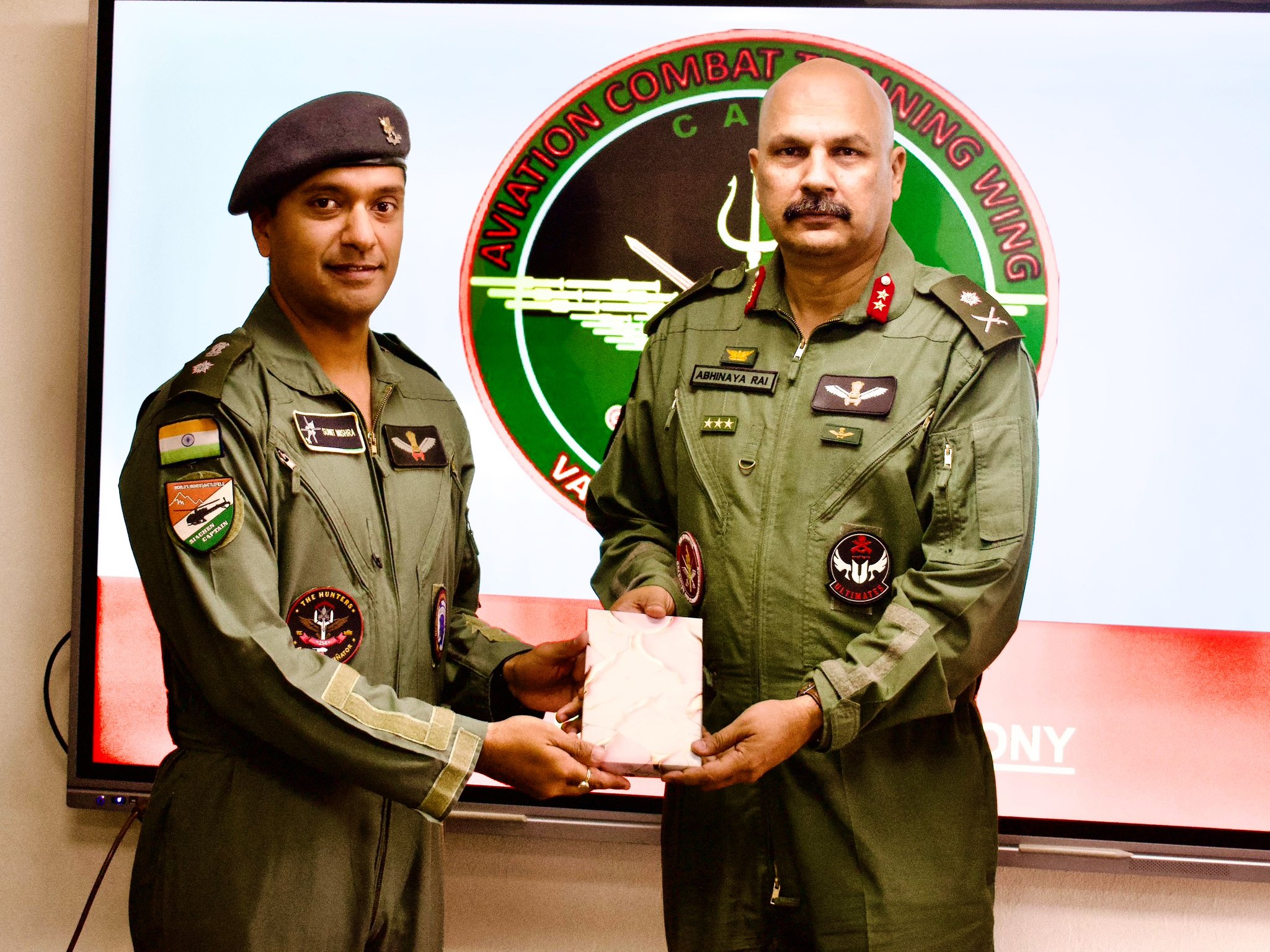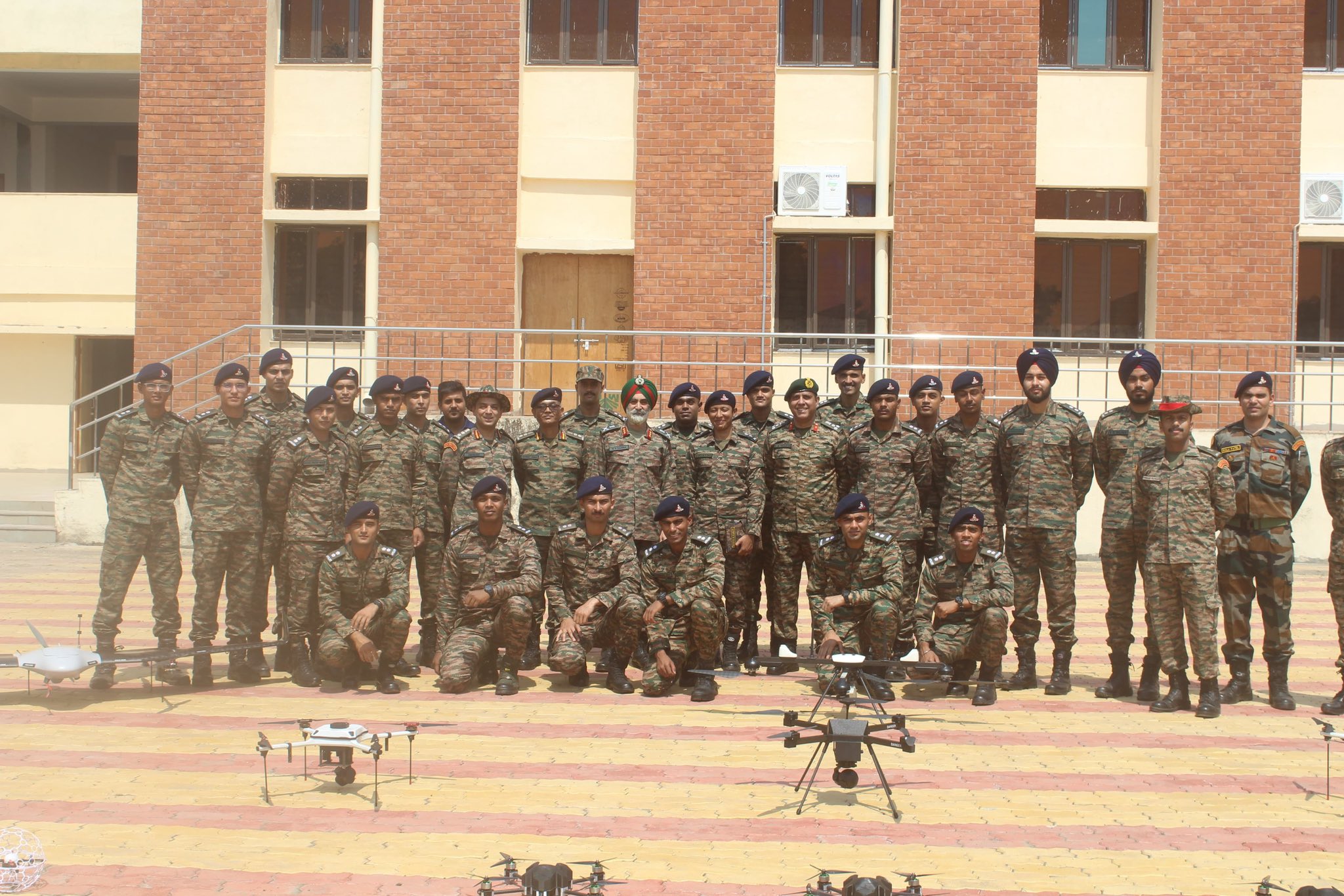The Indian Air Force has relocated its domestically developed Light Combat Aircraft Tejas to Jammu and Kashmir. The aim is to allow the fleet to familiarize itself with the unique flying conditions in the valleys of the Union Territory, located on the border with Pakistan.
“Moving the LCA fleet to advanced bases is a step towards gaining operational experience in valley flight and other procedures. The pilots of the fleet are currently engaged in extensive flying sessions in the area,” stated the defence officials.
The Indian Air Force (IAF) has always been at the forefront of safeguarding the nation’s skies and protecting its territorial integrity. In recent developments, it is speculated that the IAF may have deployed indigenous Tejas Mk-1 aircraft at the Awantipura forward airbase in Jammu and Kashmir.
This news came to light after a tweet from the IAF’s Western Air Command, where AOC-in-C Air Marshal PM Sinha was seen visiting the base and inspecting one of the Tejas Mk-1 fighter jets. This has sparked curiosity and interest in the defense community, raising questions about the significance and implications of this potential deployment.
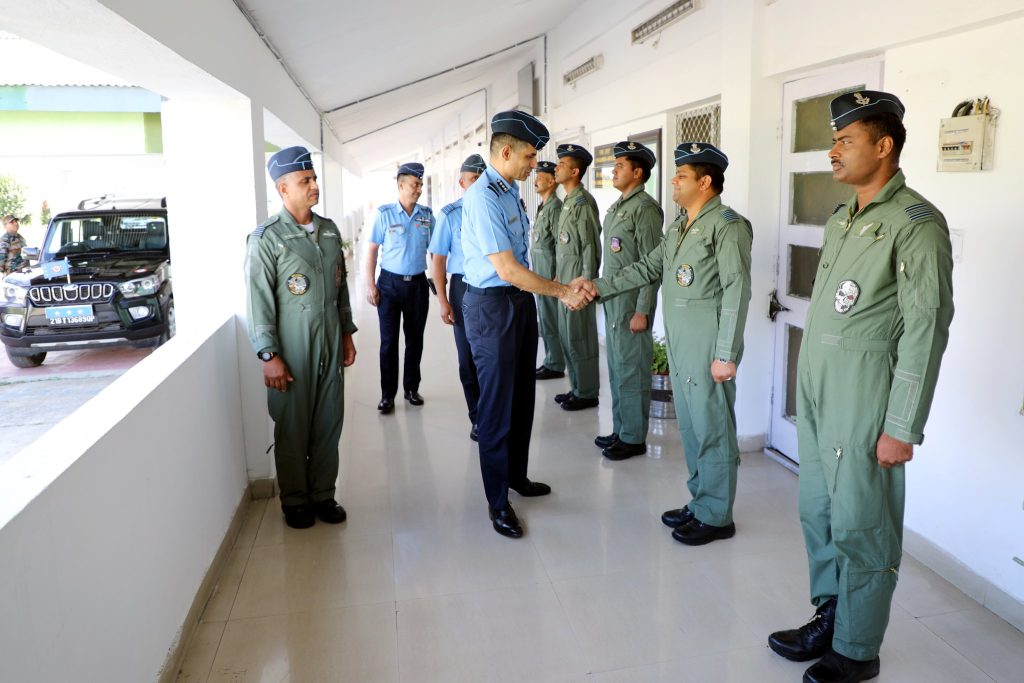
Indigenous Tejas Mk-1: A Proud Achievement
The Tejas Mk-1 is a product of India’s indigenous defense capabilities, a single-engine multirole light fighter aircraft designed and manufactured by Hindustan Aeronautics Limited (HAL). It represents a significant leap in India’s aerospace technology and is part of the nation’s ambitious efforts to reduce its dependency on foreign military hardware. The development and deployment of Tejas Mk-1 showcase India’s growing prowess in the defense manufacturing sector.
The Tejas Mk-1 is equipped with state-of-the-art avionics, advanced radar systems, and modern weapon systems, making it a formidable asset for the IAF. Its agility, speed, and combat capabilities make it an ideal choice for operations in various terrains, including the challenging conditions of Jammu and Kashmir.
The Potential Deployment in Awantipura
Awantipura, located in the picturesque valley of Kashmir, has always held strategic importance for the Indian Armed Forces due to its proximity to the volatile Line of Control (LoC). The deployment of Tejas Mk-1 aircraft at the Awantipura forward airbase could be seen as a proactive measure by the IAF to enhance its operational readiness and bolster the defense capabilities in the region.
As a forward airbase, Awantipura acts as a crucial staging point for air operations in the northern theater. The introduction of the Tejas Mk-1 at this location could be viewed as a strategic move to ensure swift response times to potential threats, as well as to conduct reconnaissance and counter-terrorism missions effectively.
Significance and Implications
The potential deployment of Tejas Mk-1 in Kashmir carries several strategic and operational implications. Firstly, it demonstrates the IAF’s commitment to maintaining air superiority and deterrence in a region with ongoing security challenges. By deploying advanced indigenous aircraft, the IAF aims to showcase its self-reliance and capability to handle various security scenarios independently.
Secondly, the deployment signifies the IAF’s focus on enhancing the capabilities of its forward bases. The Tejas Mk-1’s ability to operate from short and semi-prepared runways makes it ideal for deployment in such terrains. This also aligns with the broader objective of modernizing India’s defense infrastructure.
Furthermore, the presence of Tejas Mk-1 in Kashmir may act as a message of reassurance to the local population and the armed forces, highlighting the IAF’s preparedness to protect and defend the region from any potential threats.
Conclusion
The potential deployment of Tejas Mk-1 aircraft at the Awantipura forward airbase is a testament to India’s growing prowess in the field of defense manufacturing. It reflects the IAF’s commitment to leveraging indigenous technology and strengthening its capabilities in the face of security challenges. As the situation unfolds, it is essential to keep a close eye on how this development shapes the operational dynamics in the region and how it enhances the IAF’s preparedness in safeguarding the nation’s airspace and borders.

